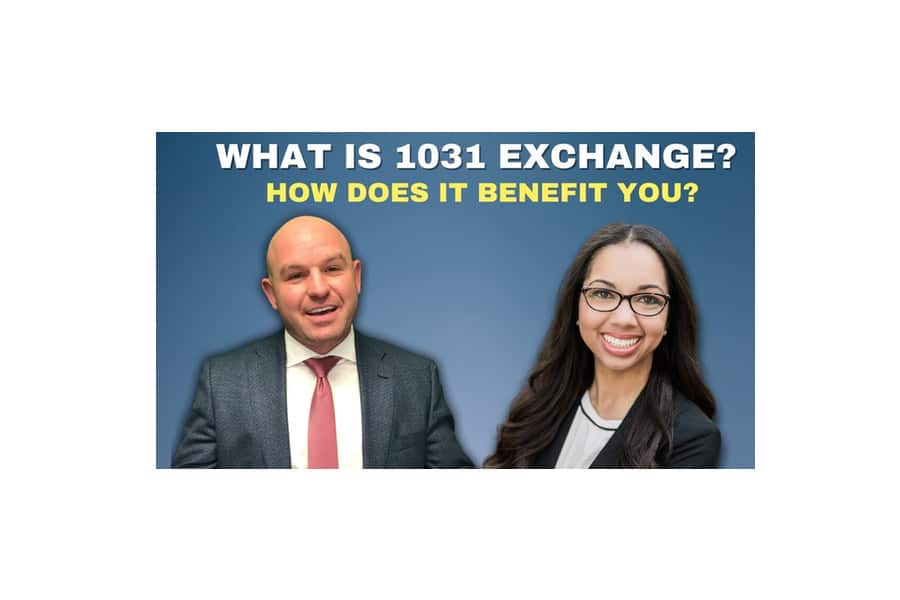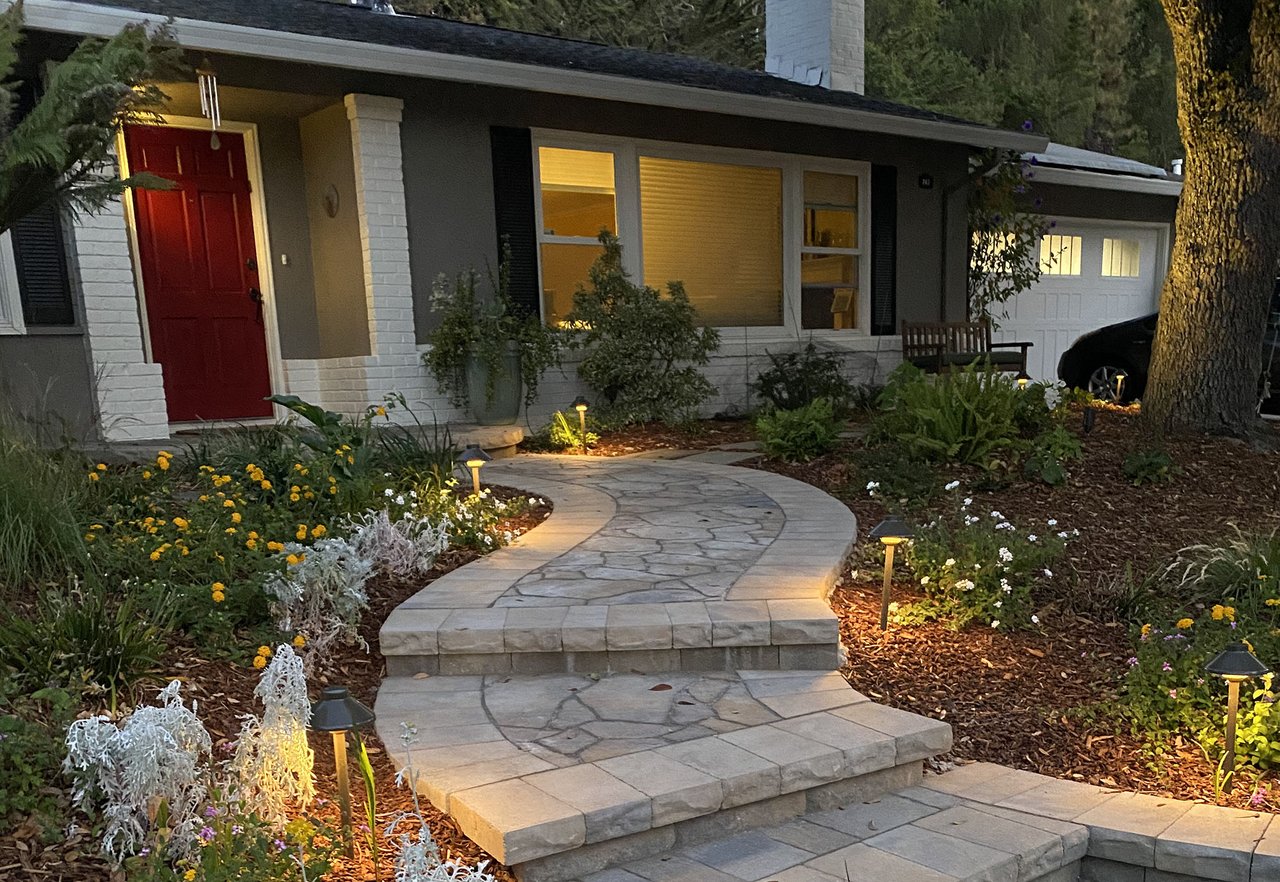1031 Exchange And Investment Properties
Joe Polyak March 16, 2021

Joe Polyak March 16, 2021

Stay up to date on the latest real estate trends.

Real Estate Tip
January 7, 2026
Smart, budget-friendly landscaping updates that help Bay Area homes stand out, attract buyers, and sell with confidence.

San Francisco
December 27, 2025
At Rise Homes, we take pride in highlighting what makes living in the Bay Area special. Here are 12 local events happening this January 2026 that are perfect for resid… Read more

San Mateo Market Update
December 18, 2025
San Mateo County’s housing market showed mixed signals in November 2025, with inventory tightening further while prices adjusted slightly. For buyers and sellers alike… Read more

San Francisco
December 16, 2025
San Francisco County continues to show strong market momentum as we move through November 2025. With limited inventory and steady buyer demand, the market remains comp… Read more

Contra Costa Market Update
November 26, 2025
As we move deeper into the fall season, Contra Costa County continues to show signs of a balanced and steady real estate market. With inventory holding firm and prices… Read more

San Franscisco
November 26, 2025
San Francisco’s housing market continues to tighten as we head deeper into fall. With inventory shrinking and prices climbing, both buyers and sellers are adjusting th… Read more

San Francisco
November 25, 2025
December brings a special kind of magic to the San Francisco Bay Area. From dazzling light spectacles and festive markets to world-class performances and holiday parad… Read more

Real Estate
November 21, 2025
Learn how top Bay Area agents like Joe Poliak use Comparative Market Analyses (CMAs) to accurately estimate home values. From pricing strategy to market timing, CMAs a… Read more

November 21, 2025
As we move through fall, the San Mateo County housing market is still running hot. From the coastal charm of Half Moon Bay to the tech-driven neighborhoods closer to S… Read more
You’ve got questions and we can’t wait to answer them.